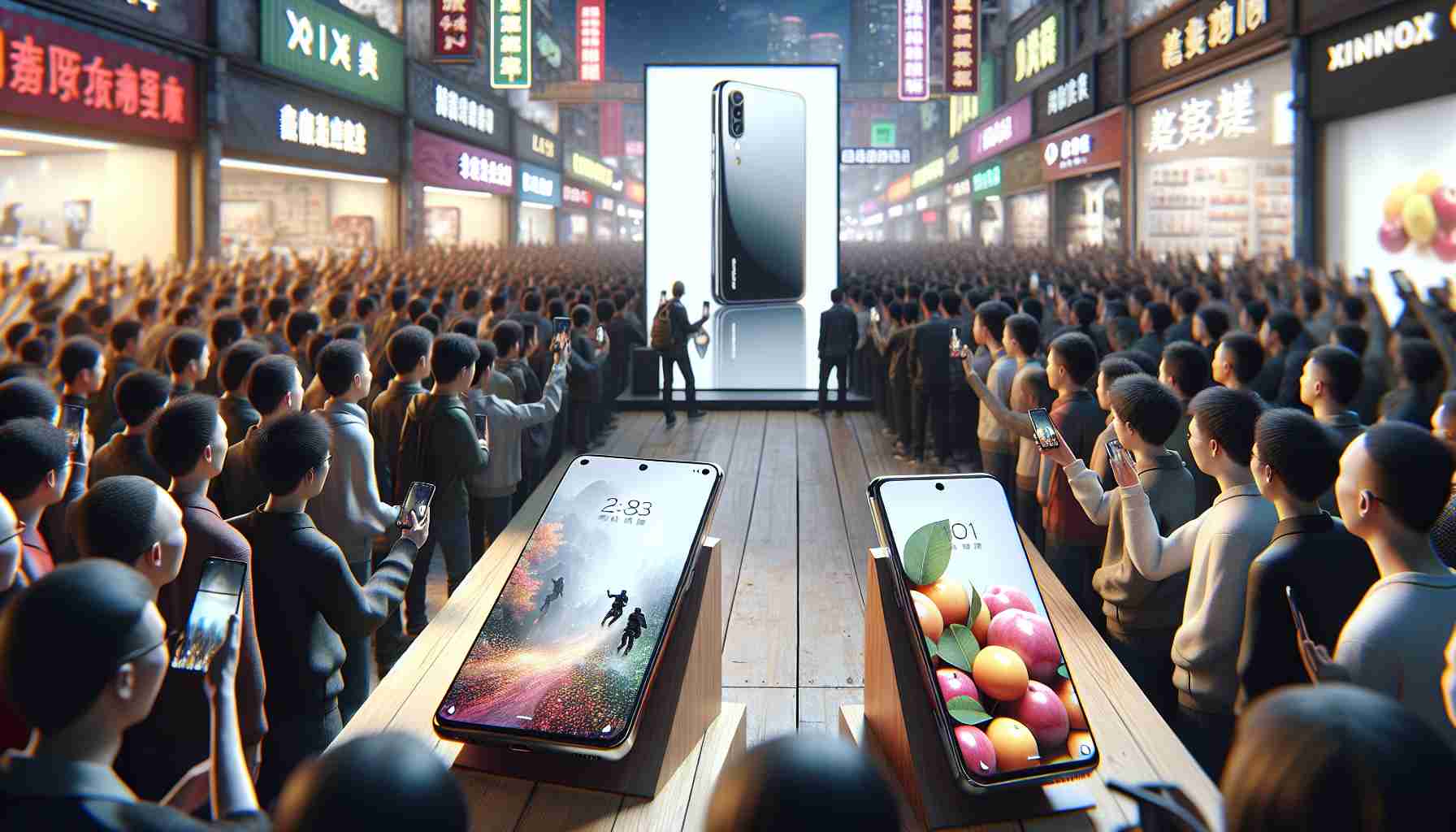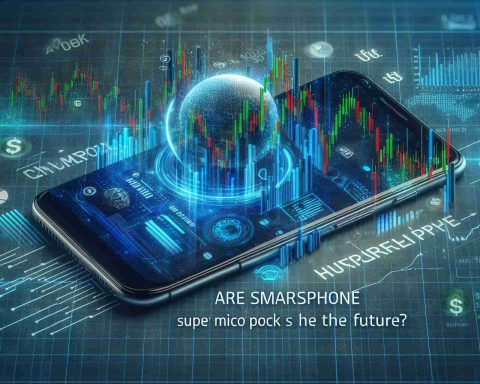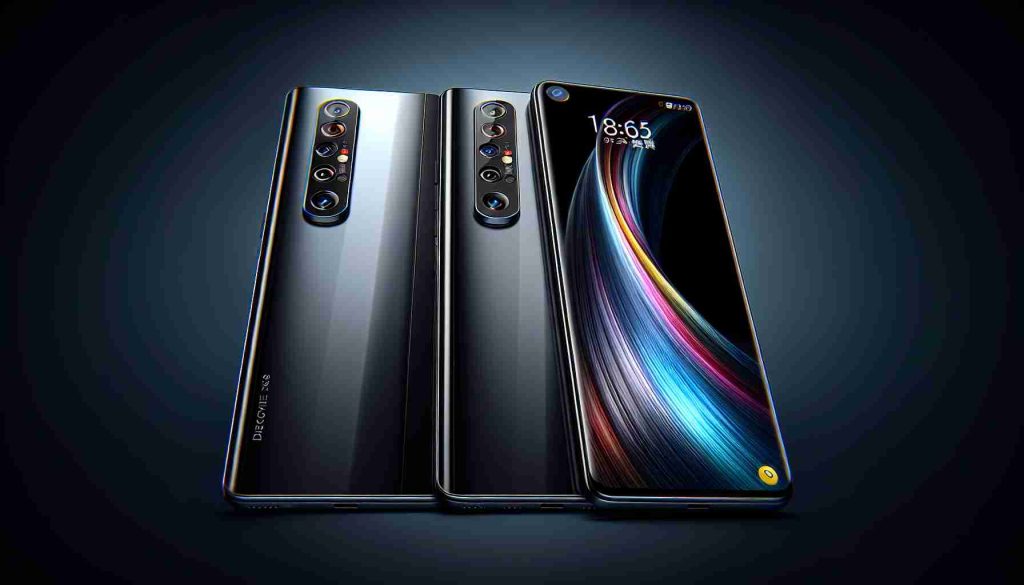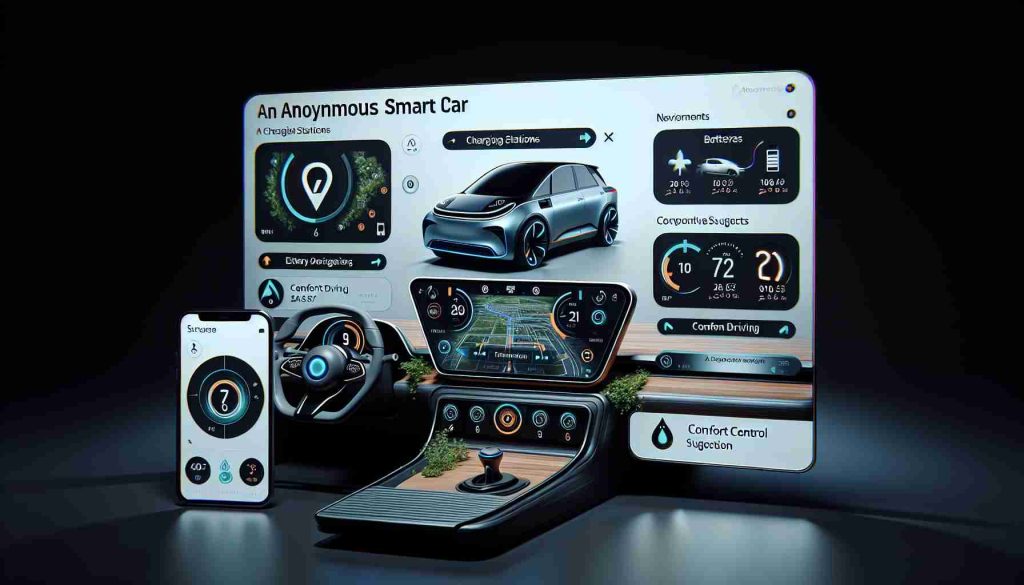Shenzhen, China – The smartphone market in China is abuzz as both Huawei and Apple unveil their latest devices this Friday. Huawei’s new Mate XT, priced at approximately $2,800, significantly overshadows the cost of the iPhone 16 Pro Max, which is more affordably priced. Despite high expectations, experts caution that supply chain limitations might leave many potential buyers of Huawei’s latest flagship disappointed.
The introduction of the Mate XT illustrates Huawei’s capacity to overcome U.S. sanctions and reinforces its competitive stance against Apple in the Chinese market. Some consumers have voiced dissatisfaction with the iPhone 16, specifically noting its lack of enhanced AI functionalities.
This month, Huawei made a notable announcement regarding the Mate XT, emphasizing its innovative tri-fold design, likened to an opening accordion. Current pre-order figures have soared past 6.5 million, in stark contrast to the total shipments of foldable smartphones worldwide in the previous quarter, illustrating strong initial demand.
However, there are concerns that the Mate XT’s sales may not reach the heights of its predecessor, the Mate X5, which has established a solid foundation in the market. The newly released model is equipped with the Kirin 9010 5G processor, reflecting Huawei’s ongoing efforts to innovate despite challenges within its supply chain. Experts predict that the company might initially produce only around 500,000 units due to ongoing production hurdles. While supply may be limited, this scarcity could potentially enhance consumer interest in the Mate XT.
Huawei and Apple Launch Competing Smartphones in the Chinese Market
Shenzhen, China – The competitive landscape of the Chinese smartphone market has intensified as Huawei and Apple introduce their latest flagship devices, the Mate XT and the iPhone 16 Pro Max, respectively. With contrasting philosophies and features, these two smartphones are set to vie for dominance in a market characterized by fierce competition and shifting consumer preferences.
What are the key features of Huawei’s Mate XT and Apple’s iPhone 16 Pro Max?
Huawei’s Mate XT brings to the table a unique tri-fold design, boasting enhanced usability with its flexible display. This innovative approach is aimed at consumers seeking versatility and increased screen real estate, making it ideal for multitasking. In contrast, the iPhone 16 Pro Max continues Apple’s tradition of sleek design and user experience, featuring improved computational photography capabilities, a potent A17 Pro chip, and software optimizations, with a focus on AI integration for everyday tasks.
Key Challenges and Controversies
One prominent challenge that Huawei faces is the ongoing impact of U.S. sanctions, which hinder the company’s access to certain technologies and markets outside of China. This could affect the Mate XT’s performance and global reach. Additionally, concerns regarding data privacy and security persist, especially in the context of Huawei’s historical ties to the Chinese government.
For Apple, the main controversy arises from its pricing strategy. Although the iPhone 16 Pro Max offers cutting-edge technology, its premium pricing might alienate budget-conscious consumers, particularly in the face of Huawei’s competitive pricing structure. Moreover, dissatisfaction related to the perceived lack of major advancements in this year’s iPhone iteration poses a risk to Apple’s brand loyalty among its core customers.
Advantages and Disadvantages
The Mate XT’s advantages include its innovative design and affordability compared to its Western counterparts, which may attract tech enthusiasts eager to explore foldable smartphone technology. However, the potential limitation in production due to supply chain issues could lead to frustration over availability, impacting its market performance.
On the other hand, the iPhone 16 Pro Max benefits from Apple’s robust ecosystem, ensuring seamless integration with applications and services. The brand loyalty it commands also plays a significant role in its sales. However, Apple’s higher price point could deter potential customers, especially in a price-sensitive market like China, where many consumers might prefer more competitively priced options.
What will the impact be on the Chinese smartphone market?
The simultaneous launch of these two flagship devices is expected to amplify competition, pushing both companies to innovate further. As consumers weigh the strengths of each offering, such as design, price, and advanced features, the subsequent sales performance may shape the trajectory of smartphone trends in China. Analysts suggest that this rivalry could accelerate technological advancements, benefiting consumers in the long run.
In conclusion, as Huawei and Apple unveil their latest smartphones, the Chinese market stands at a pivotal juncture, reflecting not only technological advancements but also broader economic and geopolitical trends. The real test will be consumer response amidst evolving preferences and escalating competition.




























